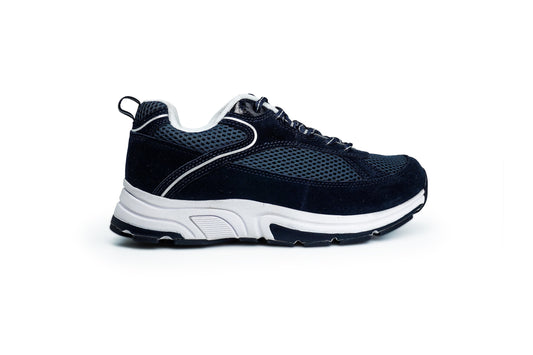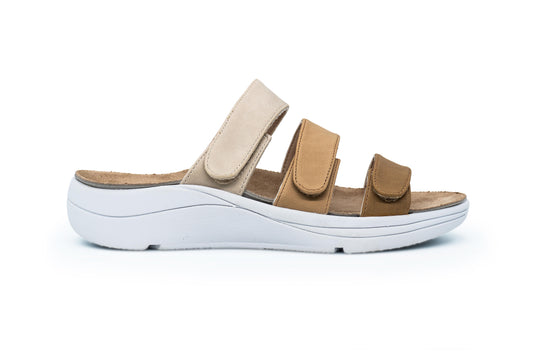Understanding Heel Spurs: Symptoms and Causes
A calcaneal spur, commonly known as a heel spur, is a bony outgrowth that develops on the underside of the heel bone. This condition is often associated with plantar fasciitis, an inflammation of the plantar fascia—a band of tissue that supports the arch of the foot. Heel spurs can cause considerable discomfort, especially during weight-bearing activities like standing or walking.

Symptoms of heel spurs can vary, but typically include:
- Pain and tenderness in the bottom of the heel
- Swelling and inflammation
- Difficulty standing or walking for extended periods
- Pain that worsens with activity and improves with rest
Several factors contribute to the development of heel spurs:
- Repetitive stress on the heel bone, such as from running or jumping
- Poor foot mechanics, including flat feet or high arches
- Obesity, which increases pressure on the feet
- Aging, leading to the degeneration of the fat pad protecting the heel
Treatment for heel spurs often involves a combination of conservative measures, such as:
- Rest and avoiding activities that exacerbate symptoms
- Applying ice to reduce inflammation
- Stretching exercises to improve flexibility
- Wearing supportive footwear with cushioned insoles
- Using orthotic devices to correct foot mechanics
- Taking over-the-counter pain medications
- Undergoing physical therapy to strengthen the foot muscles and improve flexibility
In more severe cases, corticosteroid injections or surgery may be necessary to alleviate pain and restore function.
It's essential to consult with a healthcare provider for an accurate diagnosis and personalized treatment plan if you suspect you have a heel spur.
Browse our Prescribed Orthotics to learn more.
Check out our extensive collection of shoes for arthritis to find the best shoes for your feet. Look through our most-sought-after styles to get the right pair for you today with DiabeticShoe.in.








